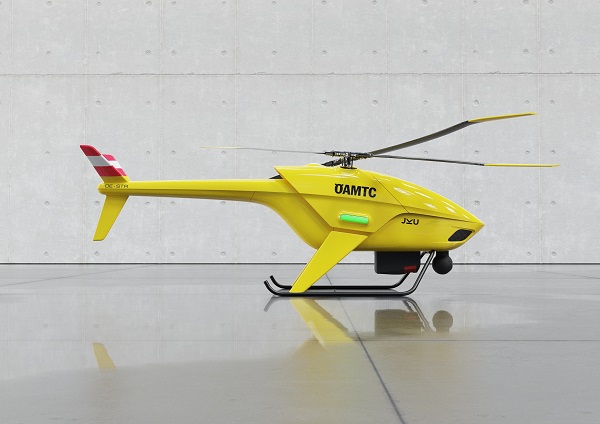A drone able to locate people - even when under a canopy of trees - has been around since 2020. Now, this drone can accomplish these tasks autonomously.

With the assistance of a control center on the ground, a drone able to locate missing people - even in densely forested areas – had attracted a great deal of attention. The Institute for Computer Graphics at the Johannes Kepler University Linz has now gone one step further, creating a drone that can now autonomously perform this task.
The current system combines a new image processing technique that can calculate occlusions away (Airborne Optical Sectioning, AOS) – i.e. the leaf canopy in a forest - with a method that uses machine learning to evaluate heat signatures and ultimately recognize people. Although the method has over a 90% success rate, the drone has to fly pre-determined paths and the data is analyzed and calculated later on the ground.
The problem is that there is delay between the flight and obtaining results and the drone also requires information about the defined flight path in advance. This can present a problem during search and rescue operations.
A team of JKU scientists led by Prof. Oliver Bimber has succeeded in performing the entire computational process in real time on the drone itself while the drone is in flight, meaning the drone can conduct a fully autonomous search for people. In other words, the drone now uses recorded measurement data to make an independent decision as to which route it will fly in order to find people in the shortest time period possible and with the best success rate. The flight route no longer needs to be predetermined and the results for this fully autonomous approach far exceed the previous manual method, both in terms of the success rate as well as the required search time.
This new method has just been published in the renowned scientific journal Science Robotics.
Drone Use to Support Environmental Protection as well as Search & Rescue Missions
The technology’s potential applications are diverse, ranging from search and rescue missions and counting wildlife to detecting forest fires. Over the next few years, advanced technology developed at the JKU will be combined with a professional drone system that can enable longer flight times of several hours.








